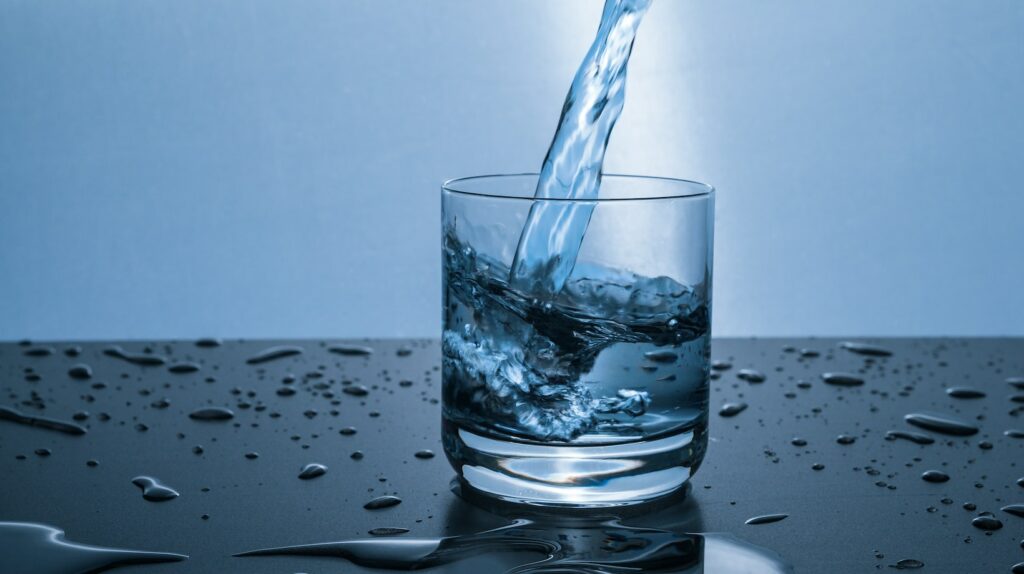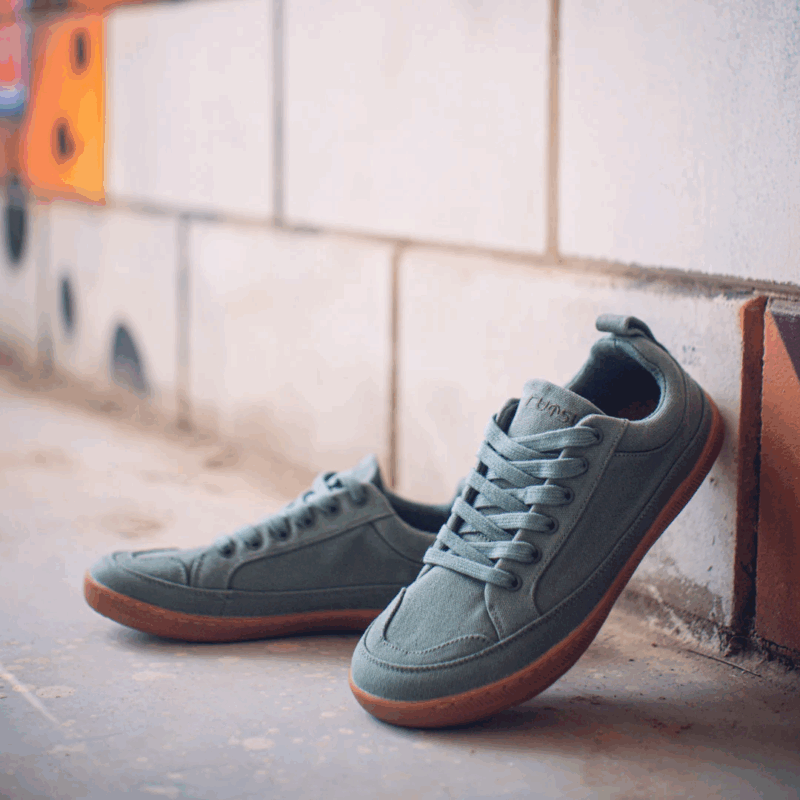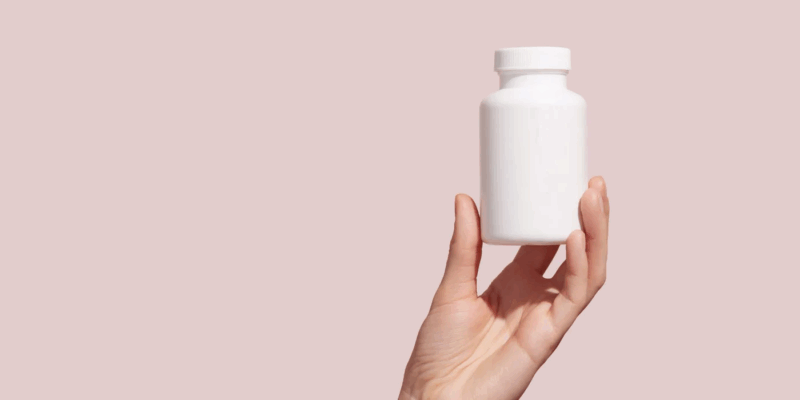
Understanding the Body’s Hydration Process
Let’s dive into the fascinating world of our body’s hydration process. When we drink water, it doesn’t just slosh around in our stomachs before heading straight to the bladder. There’s a whole intricate system at work that ensures we’re getting what we need.
First off, we’ve got to understand that our bodies are about 60% water. But it isn’t stagnant; there’s always a constant flux happening as cells absorb and release water. This is where drinking water steps in – replenishing what’s lost and maintaining balance.
When you take a sip of H2O, it starts its journey down your esophagus and into your stomach. Here, some of it gets used right away for digestion while the rest moves on to the small intestine. This is where most of the absorption happens with help from tiny structures called villi.
Once absorbed by these villi, water enters your bloodstream and circulates through your body, hydrating cells and delivering vital nutrients along its route. Let’s lay out this path:
- Sip
- Down the esophagus
- Into the stomach (some gets used for digestion)
- Onto the small intestine (most absorption happens here)
- Absorbed by villi
- Enters bloodstream
- Circulates throughout body
Finally comes pee time! On average, it takes about 45 minutes to an hour after drinking for urine production to kick start – but this can vary greatly among individuals and depending on various factors like how much you’ve eaten or if you’re dehydrated.
In conclusion: when you’re chugging those three cups of water, remember there’s more going on than meets the eye! It’s not just in one end and out another – it involves many steps in between which ensure our survival.

How Long Does It Take to Pee after Drinking 3 Cups of Water
We’ve all been there. You drink a few cups of water and before you know it, you’re making a beeline for the bathroom. But what’s really going on in our bodies when this happens? Let’s dive right into it.
Our bodies are finely tuned machines that need to maintain a healthy balance of fluids. When we drink water, it gets absorbed through our stomach and intestines, then goes straight into our bloodstream. But here’s the thing – if there’s too much water in our blood, things can get out of whack.
That’s where the kidneys step in. These miraculous organs act like filters for our blood. They sift through about 120-150 quarts of blood each day and one of their main jobs is to balance fluid levels. When they detect excess water, they swing into action by pulling it out and sending it down to the bladder.
Now let’s talk about the bladder – that pesky little organ that sends us running for relief. It can hold up to 16 ounces (around 2 cups) of liquid comfortably for two to five hours depending upon your hydration level.
But after drinking three cups (24 ounces) of water, you’re adding more liquid than your bladder likes to handle at once! So naturally, your body signals you need a bathroom break soon after hydrating.
The Role of Kidneys in Urination
When we drink water, it travels through several stages before making its grand exit. First off, the liquid goes down our throat, enters the stomach and then gets absorbed into the bloodstream from the intestines. From there, it makes its way towards the kidneys.
Once at the kidneys, things start getting interesting! Here’s a quick rundown:
- Our kidneys filter our blood every 30 minutes.
- They sift out waste products and excess water while keeping useful substances like glucose.
- The filtered liquid then moves down tubes called ureters towards the bladder.
You might be surprised at just how efficient these two little organs can be! Did you know that your kidneys filter around 180 liters of fluid daily? That’s roughly equivalent to an impressive 60 gallons!
So now you might ask – “How long does it take for us to pee after drinking three cups of water?” Well, typically urine starts filling up in your bladder about an hour or so after you’ve had a drink. However keep in mind that factors such as age, overall health condition and hydration levels could influence this timeline.












